(77304 products available)















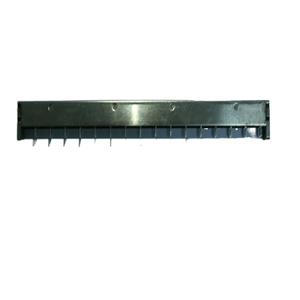
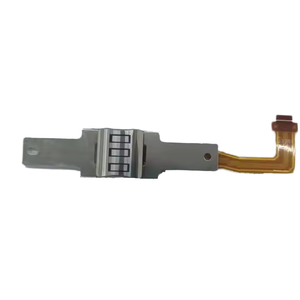

















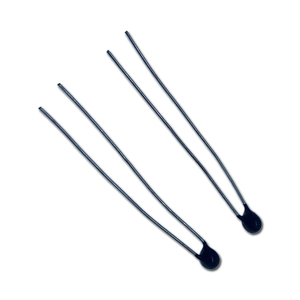












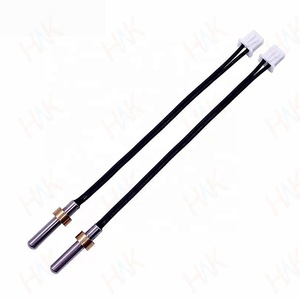


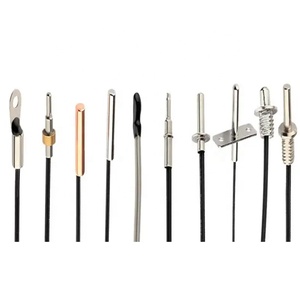

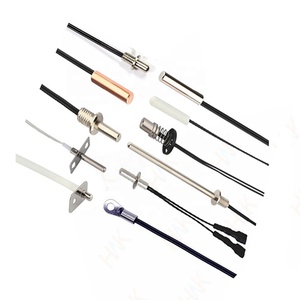


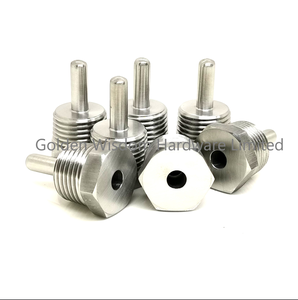






















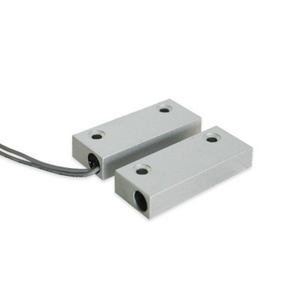





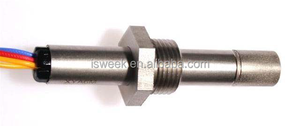









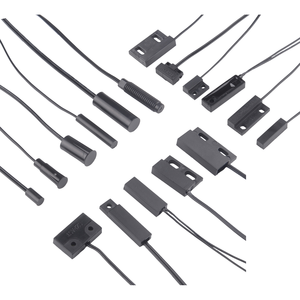

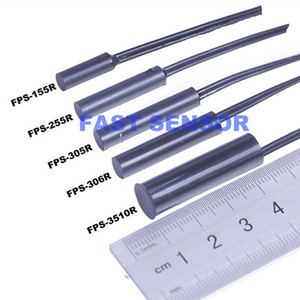





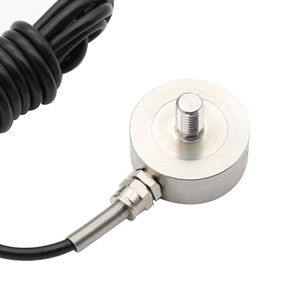
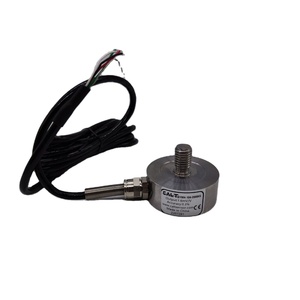


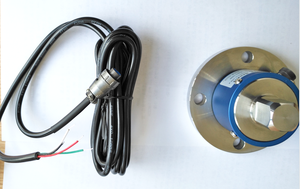









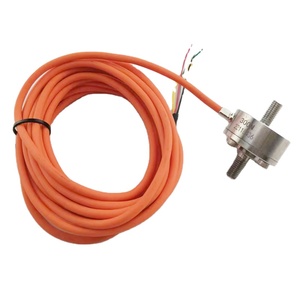
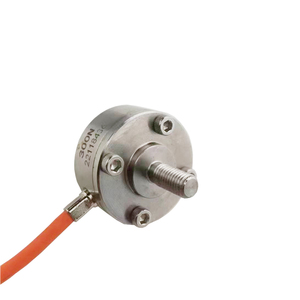

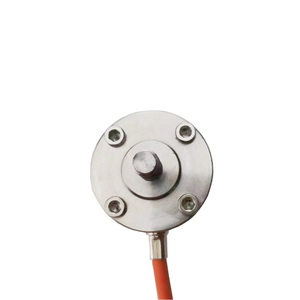




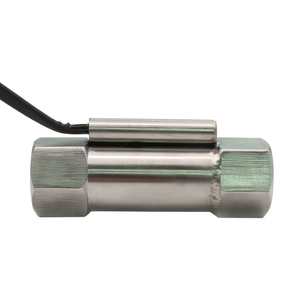





















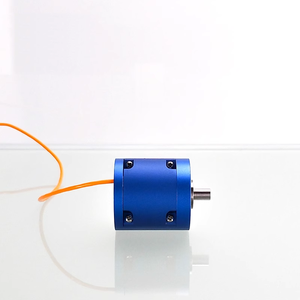









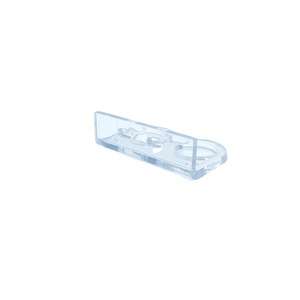




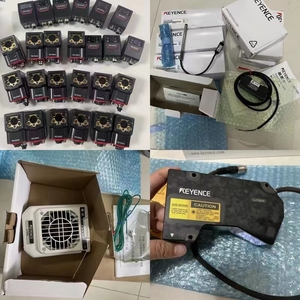
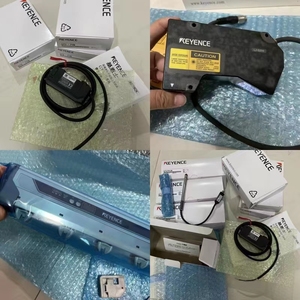
![Ort ring <strong>sensor</strong> ASO-15N [special for <strong>screw</strong> machine] line break detection proximity switch](http://s.alicdn.com/@sc04/kf/H8f67f685e6ab485ba5d3e0c81178fdacS.jpg_300x300.jpg)
![Ort ring <strong>sensor</strong> ASO-15N [special for <strong>screw</strong> machine] line break detection proximity switch](http://s.alicdn.com/@sc04/kf/Haef1e0734c654fb69f945a7f400b3a3dP.jpg_300x300.jpg)
![Ort ring <strong>sensor</strong> ASO-15N [special for <strong>screw</strong> machine] line break detection proximity switch](http://s.alicdn.com/@sc04/kf/H8310bf9611fd43d8bca6cb5591a75616a.png_300x300.jpg)
![Ort ring <strong>sensor</strong> ASO-15N [special for <strong>screw</strong> machine] line break detection proximity switch](http://s.alicdn.com/@sc04/kf/Hc4a7104cf9cc4625ae75d2644a28f5248.png_300x300.jpg)
![Ort ring <strong>sensor</strong> ASO-15N [special for <strong>screw</strong> machine] line break detection proximity switch](http://s.alicdn.com/@sc04/kf/Hcf52874a606f4defbf7d1c1390d3788cf.jpg_300x300.jpg)
![Ort ring <strong>sensor</strong> ASO-15N [special for <strong>screw</strong> machine] line break detection proximity switch](http://s.alicdn.com/@sc04/kf/H408fe77ae1e24375939b36ac94bad9cdf.jpg_300x300.jpg)
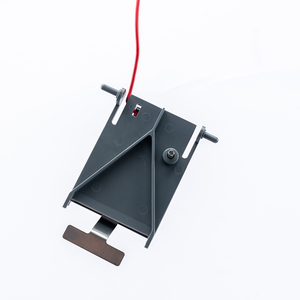



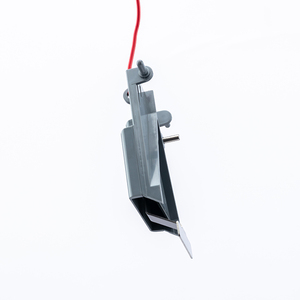
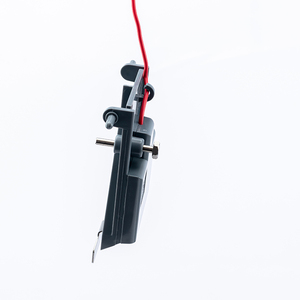
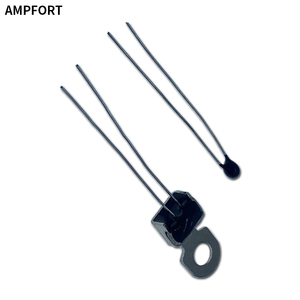


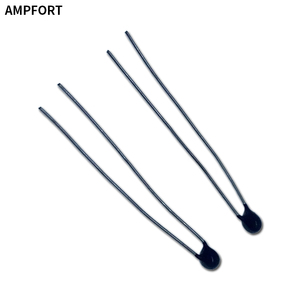

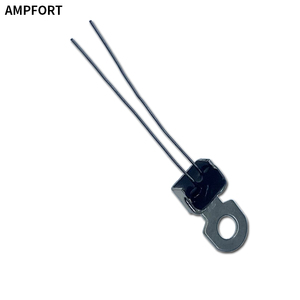
There are several types of screw sensors in the market today. Each of these types has been designed with a different purpose and function in mind. Therefore, it is essential to understand the various kinds to choose the right kind of screw sensor for a particular application.
These sensors are particularly useful in applications dealing with gas or liquid flow. The sensors are often mounted directly onto pressure vessels or pipes and are used to convert pressure into an electrical signal.
This electrical signal is then used to provide a reading of pressure for monitoring or control. Common applications include oil and gas, aerospace, and automotive industries where pressure is a critical variable to monitor.
Temperature sensors measure heat levels. These sensors can be in a thermocouple or a resistance temperature device (RTD) configuration. They are commonly used in industrial equipment where maintaining optimal temperature ranges is essential. Remember that temperature variations can greatly affect the performance of many systems.
These sensors detect the presence or absence of objects without direct contact. Proximity sensors are often used in automation and robotics. Here, they play a critical role in object detection, which guides the operation of machinery.
An example is in assembly line applications where sensors may be used to detect parts or products moving down the line. These sensors will help ensure that the systems are functioning correctly. They will also help prevent any errors caused by missing or misaligned items.
As the name suggests, these sensors measure the amount of torque being applied to a given object. In mechanical systems, monitoring torque is important for ensuring that equipment operates within safe limits. Over-torqueing can lead to a lot of damage.
Many industries today use screw sensors to improve operational efficiency, safety, and reliability. These sensors are highly versatile. Below are some of the most common applications of screw sensors in an industrial setting.
Automotive manufacturers depend on screw sensors to improve their vehicle production processes and end product. For instance, there are pressure sensors that measure fluid pressure in brakes, engines, and transmission systems.
There are also temperature sensors that monitor heat levels in various parts of the engine. These sensors ensure critical components operate within the desired range. Thus, they help prevent system failures and increase vehicle safety.
Many production and machinery-based industry applications use torque sensors to monitor the tightening of screws and bolts. This impact helps maintain product quality and safety in operating equipment.
Other sensors, like vibration sensors, can detect anomalies in machinery. This means any form of wear and tear or imbalance will be easily solved before causing breakdowns. These sensors all contribute to improved maintenance schedules.
These industries rely on screw sensors to keep their systems operating efficiently. Pressure sensors, for instance, help monitor the pressure in critical components like fuel systems, hydraulic systems, and even in weather forecasting.
Telecommunication sensors are even helping with signal sensors. These sensors are then used to detect and troubleshoot “screw up” systems during flight. That will enable early identification of system failures.
In this industry, screw sensors help monitor pressure and flow in pipelines and other critical systems. For example, sensors in oil and gas pipelines can detect pressure anomalies. This means they will help prevent leaks or bursts (safety feature).
Since energy production involves many high-pressure and high-temperature processes, sensors are crucial for maintaining safety. They will also improve the efficiency of power generation systems.
Proximity screw sensors play a vital role in these industries. They are particularly used for object detection in automated assembly lines and robotic arms. Torque sensors are also used to monitor the tightening of screws and bolts. This way, they ensure that there is no over or undertightening.
Screw sensors come with several parts that make their function possible. Understanding these parts makes it easier for businesses to understand how screw sensors function and which applications they can be used for.
The sensing element is responsible for detecting the physical parameter the screw sensor is meant to measure. For example, in temperature sensors, the sensing element may be a thermocouple or an RTD.
Conversely, in pressure sensors, the element could be a piezoresistive or capacitive element. The choice of sensing element will depend on the application and the required measurement range and accuracy.
For an accurate reading and measurement, the signals from the sensing elements need to be conditioned. Their output will mostly be raw data or signals. The signal conditioning circuit amplifies, filters, and sometimes converts these signals.
After this, the signals will be converted into a more useful format. For example, if the signal is an analog voltage, it might be converted to a digital signal for processing. Filtering the signals also removes any noise that may result in inaccurate readings.
Among other important functions, the sealing and protection components ensure that the center stays protected from elements. These elements include dust, water, and other contaminants that can cause damage to the sensor. This is particularly the case in harsh industrial environments.
Sealing components like O-rings, gaskets, and seals protect the internal sensor parts from these elements. On the other hand, protective housings or casings are often made from durable materials like stainless steel or reinforced polymers. These materials act as a protective shield for the sensors from physical damage.
These features include screw threads, brackets, or flanges. The features will enable easy installation of screw sensors into various systems or equipment. It also ensures that the sensors are properly aligned and securely mounted in their respective applications.
Screw sensors come with several important metrics that help businesses compare and select the ideal sensor for their application. Below are these key metrics.
For many screw sensors, especially those used in mechanical and industrial applications, pressure is a key variable. Therefore, it is vital to monitor and keep track of pressure with these sensors.
A common example is pressure sensors. They are designed to operate under high pressure and can withstand extreme pressure in a given environment.
Note that operating pressure range is a critical factor in selecting a pressure sensor. If this range is exceeded, the sensor may fail to deliver accurate readings. In a worst-case scenario, the sensor can also get damaged and stop working.
Besides pressure, another key variable that needs to be monitored is temperature. As mentioned earlier, many screw sensors are equipped with temperature sensors to monitor this variable conveniently.
However, note that temperature sensors can work at different temperatures. For instance, some can withstand up to 500°C (sensor for furnaces, ovens, and heat treatment equipment). Some can work within the range of -40 to 120°C (common for refrigeration, outdoor, and environmental monitoring).
As stated earlier, a torque sensor's measuring range indicates the maximum torque the sensor can measure without getting damaged. This range is often provided in both Newton-meters and pound-feet (metric and imperial units).
Always ensure that the operating range of any purchased sensor goes beyond the required operating range of the application. This helps prevent any damage to the sensor.
Signal sensors are used to detect and troubleshoot screw-up systems in telecommunication systems. A few folks might even know that they used to be referred to as “screw-up performance sensors.” These sensors have a few important metrics and specifications.
One of the vital metrics is the number of signals. This is the number of signals that can be concurrently processed by the sensors. It, therefore, directly correlates with the overall performance and throughput of these sensors. In simple terms, the more the number of signals, the better the sensor will be for heavy work applications.
Investing in screw sensors comes with many benefits to businesses. Below is a breakdown of these benefits.
Screw sensors offer a high level of automation. It means that businesses no longer need to rely on manual monitoring of variables like torque, pressure, and even temperature. Remember that these sensors provide real-time data.
Thus, companies can optimize their processes and reduce downtime. Overall, the efficiency will directly impact the productivity level of the organization.
Modern screw sensors come with advanced capabilities that enable them to be monitored from a distance. This is a huge advantage for industries that operate in dangerous environments, such as mining, oil and gas extraction, and even chemical manufacturing.
Note that these industries expose their workers to very hazardous working conditions. By enabling remote monitoring, businesses can reduce the need for on-site inspections. This diminishes the risk of worker exposure to adverse conditions.
Screw sensors can also help prevent accidents and other safety hazards in many industries. For instance, a torque sensor has the potential to prevent over-tightening of bolts and screws.
As such, it can help prevent equipment failure caused by either under or over tightening. Many of these failures end up exposing the workers to dangerous work conditions. There are even pressure transducers that can detect harmful pressure levels in industrial fluids and gases. They send alerts before the pressure reaches dangerous levels.
Automating monitoring and control will reduce the need for manual labor. Companies will also save costs associated with equipment failures. After all, the sensors provide early warnings for critical issues. This allows for preventive maintenance and, therefore, reduces downtime.
Moreover, remote monitoring and doing away with manual monitoring means there are fewer inspections. It saves both cost and time for the business. Hence, screw sensors offer a good return on investment (ROI).
There are several factors that need to be considered when selecting a sensor. These factors will ensure a proper match between the sensor and the operating environment and task. The first factor to consider is the type of measurement that needs to be done. Is it temperature, pressure, proximity, or torque?
This will help determine what kind of sensor is needed for the job. Then there is the measurement range and accuracy. What is the maximum and minimum range for the measurement? People must also consider the operating conditions of the application. Are they high or low in temperatures? Are the environments extremely dry or humid?
One of the biggest advantages of these sensors is their ability to provide real-time monitoring. Businesses can use the data to optimize their operations. They can also reduce equipment failure and safety hazards levels by automating the monitoring of key parameters, such as pressure and temperature.
These sensors also enable remote monitoring. So, in hazardous work environments like mining and oil, gas, and chemical manufacturing, these sensors reduce the need for manual inspections. Consequently, exposing workers to dangerous conditions is no longer necessary.
Yes, some sensors like temperature and pressure sensors may need frequent calibration depending on the application. Other sensors like proximity and torque sensors may not require frequent calibration. Unfortunately, they still occasionally need to be calibrated or validated against known standards, especially when used in critical applications.
Incorporating screw sensors into an industrial space leads to safer and more efficient operations. They provide valuable data for optimizing processes, reducing downtime, and preventing equipment failures and safety hazards.
Thankfully, there are a variety of these sensors to accommodate different industrial needs. So, to select the right sensor, businesses should consider the key factors mentioned above. Always consider the measurement type, range, accuracy, and environmental conditions. These factors will ensure the chosen sensor is compatible with the intended application.